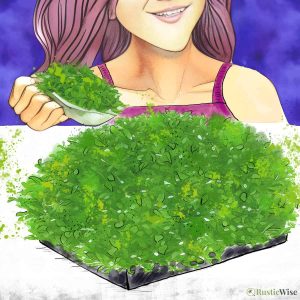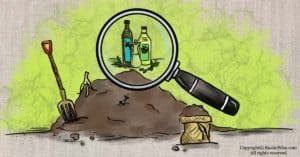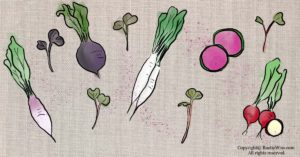6 Tips on How To Keep Bean Sprouts From Going Bad
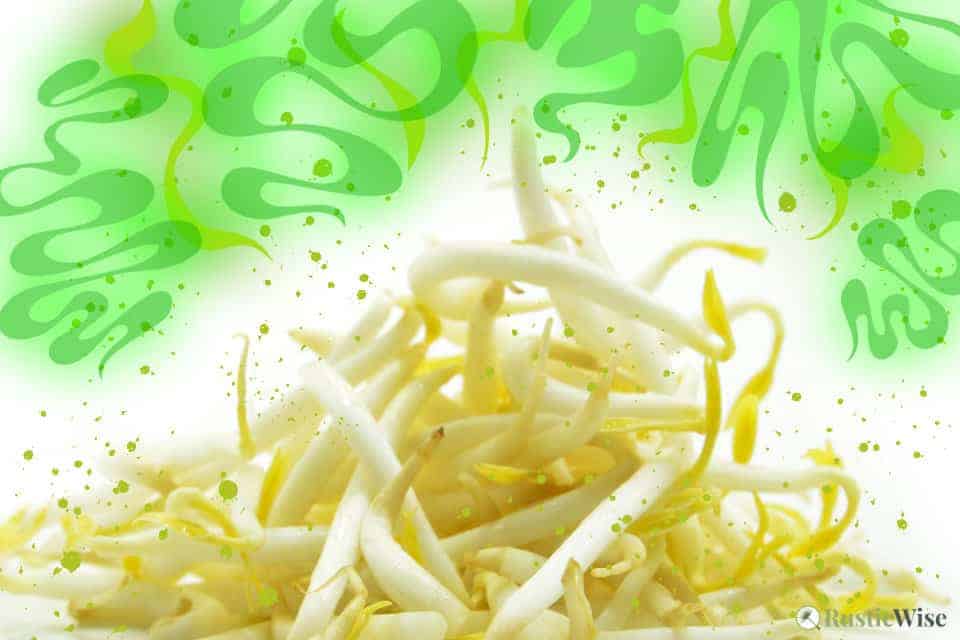
Fresh sprouts have a notoriously short shelf life, and mung beans are no exception. If you have ever reached into your fridge looking for fresh, crunchy mung bean sprouts only to be met with a pile of mush, we feel your pain.
If you’re wondering how to keep bean sprouts from going bad, proper storage is everything. These tiny sprouts like high humidity, cool temperatures, and air circulation. Rinse them and store in icy cold water in the fridge for longevity. If you’re planning to use them soon, store them in a loosely wrapped paper towel in a plastic bag in the crisper. Or freeze them!
Let’s take a closer look at how to extend the shelf life of bean sprouts.
What are bean sprouts, exactly?
Characterized by their white thin shoots, and light green seeds, bean sprouts are the sprouted seeds of the mung bean (also spelled moong bean). These germinated legumes are a staple in Asian cuisine and are often added to stir-fry, salads, sandwiches, and curries. Eat them raw or cooked.
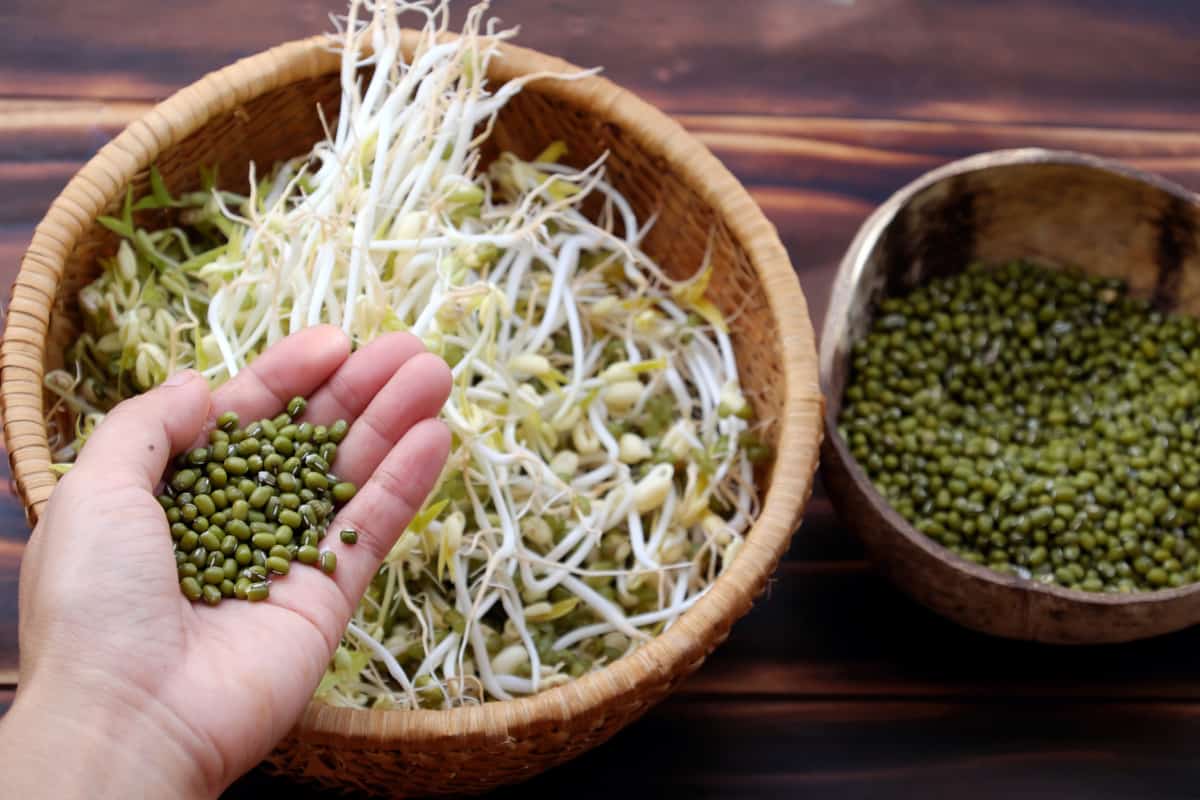
With their crunchy texture and mild, slightly nutty and earthy flavor, they go well with most savory dishes. Bean sprouts are nutritious. They are a great source of protein, dietary fiber, folate, as well as vitamins B2, C, and K.¹
Safety tip: Eating raw sprouts may pose higher risks for some people. It’s advised that those who are pregnant, elderly, or who have compromised immune systems cook sprouts before eating.
Why mung bean sprouts go bad so quickly
Fresh, store-bought sprouts sealed in plastic turn slimy quickly because of the subpar air circulation and high moisture content.
Like lettuces that wilt or rot and other produce comprised largely of water, perhaps it’s no surprise that these white shoots spoil so quickly. Mung bean sprouts are made of roughly 90 percent water.¹
If you’re buying store-bought sprouts, they typically come in sealed plastic bags. These sealed plastic environments provide poor air circulation.
Bean sprouts have a high respiration rate. Did you know that produce, including bean sprouts, continues to breathe even after harvesting? The living tissues continue to breathe and change, before eventually breaking down and rotting.
6 Tips on how to keep bean sprouts from going bad
Sprouts, in general, have a short shelf life. By controlling the temperature, humidity and overall storage conditions, you can extend freshness.
There are a variety of storage methods for keeping these white shoots fresh.
Tip: Whether you’re harvesting home grown sprouts, or returning home from a grocery run, store bean sprouts in the refrigerator as soon as possible.
1: Set optimum temperature and humidity in the fridge
Fresh produce likes cool temperatures and high humidity to reduce respiration, and lower the transpiration and metabolic rates.² By controlling for these factors, you can slow down the loss of water, and improve food quality.
So, what’s the optimum temperature and humidity for mung bean sprouts?
The Post Harvest Center at the University of California says the optimum temperature for sprouts is 32 degrees Fahrenheit (0 degrees Celsius), and the ideal relative humidity is between 95 and 100 percent.³
If this sounds a bit too chilly to you, the U.S. FDA recommends refrigerator temperatures at or below 40 degrees Fahrenheit (4 degrees Celsius).
The takeaway: Keep fridge temperatures cool and humidity high to keep sprouts fresh longer.
2: The crisper is your friend
The crisper drawer in your fridge is the best place to store mung sprouts. Most refrigerators have a fruit drawer (low humidity), and a vegetable drawer, or crisper, (high humidity).
This is a large drawer which helps seal in much-needed moisture and keep sprouts fresh for longer, along with other vegetables.
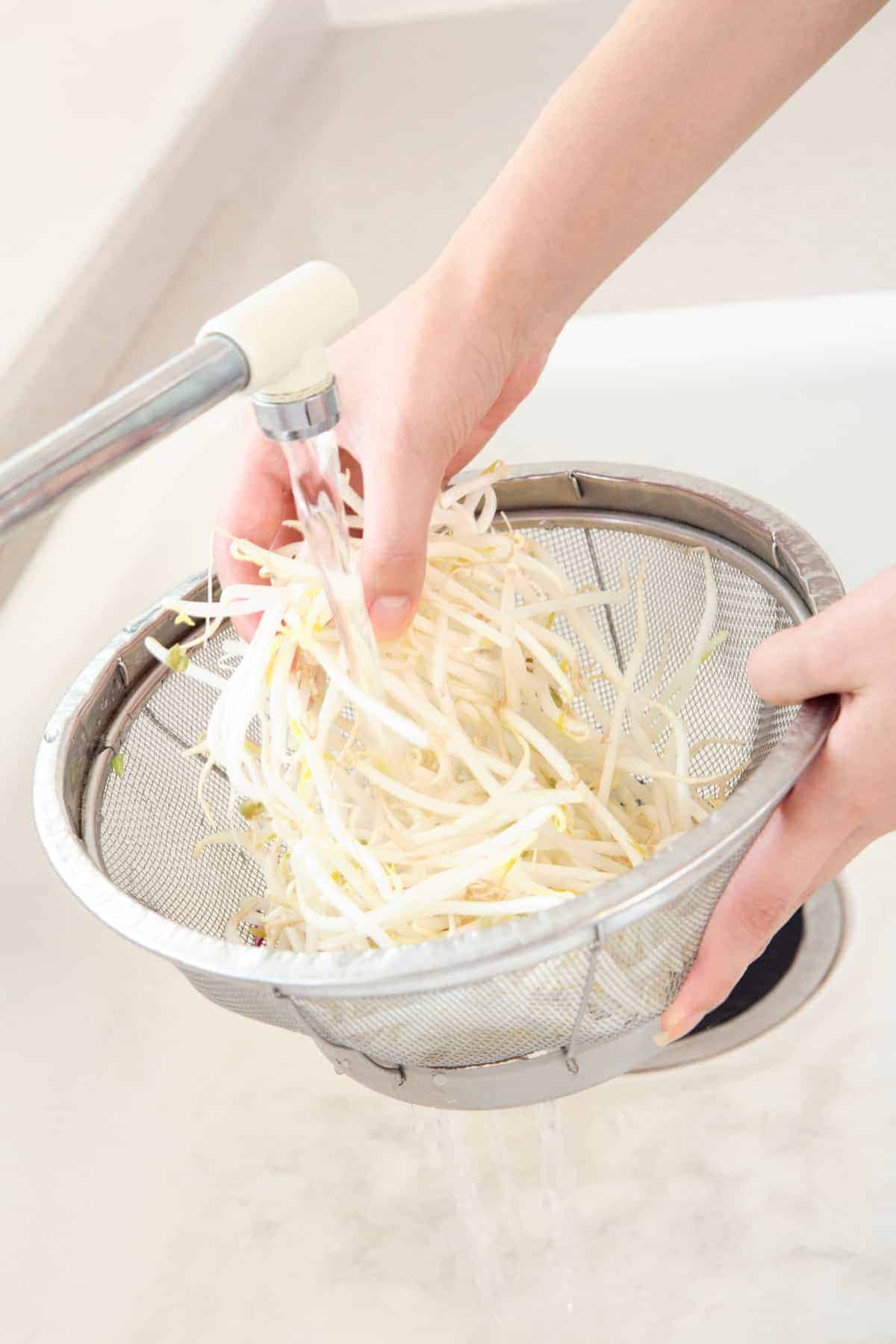
Credit: Deposit Photos
3: Wash them before storing
While some produce lasts longer without a pre-storage rinse, mung sprouts work differently.
It’s a good practice to rinse your bean sprouts after purchasing or harvesting your own. Cold water will help to remove any dirt, residue, or seed coatings that may be present.
Drain well in a colander.
4: For short-term storage, wrap in paper towel and bag
Planning on eating those sprouts within the next day or two?
After rinsing and draining well, try wrapping the mung beans in a damp paper towel loosely wrapped around. Place it in a plastic bag. This will help to keep them moist and maintain freshness. Storing them in a container with a damp towel also works.
The University of California has found that sprouts packed in plastic clamshell containers with a few vents for aeration, or in film pouches with small holes, has helped sprouts keep fresh for longer.³
5: For longer term storage, keep in icy cold water
As I mentioned earlier, mung beans love their moisture. While it may seem counterintuitive, storing them in icy cold water in a container or bowl in the fridge seems to prolong their shelf life up to a week.
Remember to refresh the container with new, cold water daily to prevent spoilage.
6: Freeze them
Not everybody is a fan of freezing bean sprouts as they lose their crunchiness. But, if you have a large batch of bean sprouts and can’t eat them all, freezing them is preferable to having them spoil.
According to the National Center for Home Food Preservation, the best way to freeze vegetables is to blanch them first. Blanching is simply dipping foods into boiling water or steam for a brief time.⁴
Blanching before freezing helps to halt enzyme change, remove any dirt or debris, preserve the color, and maintain the flavor and nutritional content. Plus, blanched veggies take up less room!
Here’s how to freeze mung sprouts
It’s helpful if you have a blanching basket. If not, a metal strainer or colander also works.
- Rinse sprouts in cool water. Drain well.
- Fill a large pot with water. A general guideline is to use 1 gallon of water per pound of produce. Bring to a boil.
- Place bean sprouts in a blanching basket and lower carefully into a boiling pot of water. Put a lid on the pot. Begin timing once water has returned to a boil.
- Blanch for 2 to 3 minutes.
- Remove from heat.
- Plunge the sprouts into a large bowl of ice water to stop the cooking process.
- Let the sprouts cool and drain excess water. Pat dry with a clean towel. Divide into small meal-sized portions.
- Pack into a freezer bag or freezer-safe container. Don’t forget to label with the date!
Frozen sprouts can last up to 1 year, but are best if consumed within 3 months.
What’s the shelf life of bean sprouts?
The best time to eat sprouts is right now. Otherwise, aim to eat raw fresh bean sprouts within 3 to 5 days for optimal freshness and quality.
Sprouted mung beans stored in a container of ice water may last up to 1 week or more.
You can also find canned sprouts. Similar to other canned foods, this shelf stable food is best consumed within 1 to 2 years.
Frozen bean sprouts can last up to 1 year but consume within 3 months for optimal quality.
How to tell if bean sprouts have gone bad
It’s easy to tell if your sprouted mung beans have gone bad. Toss them if they smell bad, look slimy, or have an altered appearance (turn brown).
If you have a backyard compost, you can add them to the pile.
Where to buy bean sprouts
You can find mung sprouts in most grocery stores in the produce section. If not, you’ll likely find them in Asian food stores, or specialty health food stores.
You can easily sprout your own mung beans in a mason jar. After rinsing and draining the mung beans for a few days, they are ready to harvest. It’s a fun, easy, and cheap way to grow your own food.
👉If you like this post, see our Essential Sprouting Guide: How To Grow Sprouts at Home.
Would you like more timeless tips via email?
Fun tips to help you live an independent, self-sustaining lifestyle. Opt-out at any time.


References
- My Food Data, Mung Bean Sprouts, https://tools.myfooddata.com/nutrition-facts/169957/wt1#detailed-nutrition-facts. Accessed October 2022.
- The University of Maine Cooperative Extension, Bulletin #4135, Storage Conditions: Fruits and Vegetables, https://extension.umaine.edu/publications/4135e/. Accessed October 2022.
- Post Harvest Center, University of California, Vegetables Produce Facts, Sprouts, Seed, https://postharvest.ucdavis.edu/produce-facts-sheets/sprouts-seed. Accessed October 2022.
- National Center for Home Food Preservation, Freezing, https://nchfp.uga.edu/how/freeze/blanching.html. Accessed October 2022.

Author: Josh Tesolin
Josh is co-founder of RusticWise. When he’s not tinkering in the garden, or fixing something around the house, you can find him working on a vast array of random side projects.


